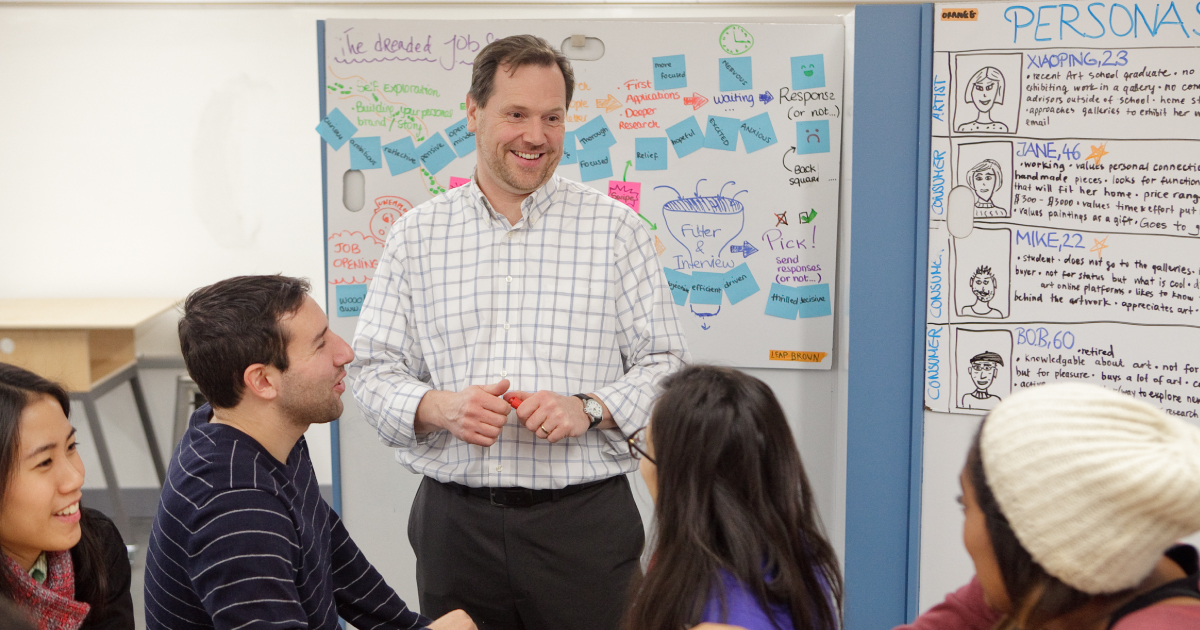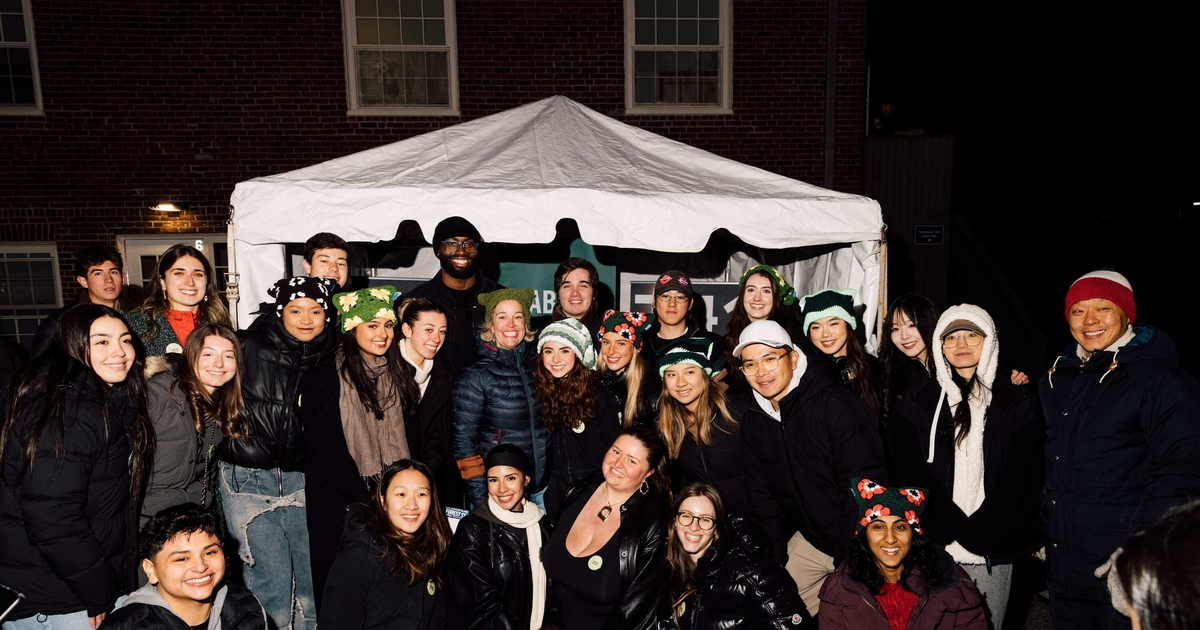Navigating Innovation in the Era of Digital Design and Collaborative Culture

Where do innovative ideas come from?
“If you want to have ideas that are far out, they don’t come from day-to-day business,” says Sebastian Fixson, professor of technology and operations management at Babson College. “Historically, most companies tasked specialized units, such as R&D, for inventing and developing new solutions.”
Since the turn of the century, increased digitization and collaboration have provided new ways for firms to innovate. Fixson, an engineer by training and proponent of design thinking, collaborated with Northeastern University Associate Professor Tucker Marion to explore and make sense of this expanded innovation landscape.
Fixson and Marion spent more than 10 years researching how companies and startups hatch far-out ideas and organize innovation processes. They studied firms that implemented innovation practices such as design thinking. They interviewed others that used governance structures such as open innovation. They looked into how digital design tools change the ways in which engineers work, and how those changes affect the innovation process itself. Their goal? Creating a data-driven framework to help organizations become better innovation navigators, generating and bringing the next big ideas to life.
In their new book, The Innovation Navigator, Fixson and Marion outline an expanded innovation landscape. They identify four distinct innovation modes that they argue form the foundation of organizational innovation in today’s digital business era.
- The specialist mode most closely resembles old-school product development teams, where specialists invent, develop, and prototype new ideas.
- The venture mode is activated through an intentional internal infrastructure and culture. Employees are encouraged to develop potentially transformative business ideas from the ground up.
- The community mode makes the firms’ internal/external boundaries more accessible to ideas from outside the organization. It engages like-minded strangers in the innovation process.
- The network mode combines sharing and selective collaboration with high-performance product design. This carefully coordinated ecosystem of partners works together to realize an innovation. The network enriches the quality of solutions, increases speed, and lowers costs.
Read on for an excerpt from The Innovation Navigator:
In the past, most companies were active only in a single innovation mode, the precursor of the specialist mode (think of Apple in the 1980s and 1990s). In fact, this innovation mode was part of their identity. It described the companies’ ambitions to be a leader in high quality, low cost, or some other dimension. As a result, all internal processes were aligned to achieve this goal. Firms aiming to be a low-cost leader reduced variety, increased volume, and invested resources to develop innovations that would support that goal. Ford Motor Company is a classic historical example, with its focus on standardization and eventual cost reduction in the production of the Model T. Dell is a more recent example. For others in the specialist mode, the desire has been to push the boundaries of their efforts, to produce products and services that have features, profit margins, and sales beyond those of their competition.
A multimode organization is one in which the firm has the organizational capability and flexibility to leverage each of the innovation modes when and where needed. This may be to augment the established specialist mode; for example, to include user input in the innovation process via engaged communities on social networks, or to empower individual employees to be makers and begin internal ventures. The goal of any innovation process is to have the most good ideas make it to development, to develop them efficiently, and to have them be of high quality and successful in the marketplace. Multimode operation is a way to achieve this.
Playing in multiple modes simultaneously is especially relevant for larger organizations that might leverage different modes in different business units as they look to reconfigure themselves for the challenges of the next decade. General Electric is an example of a company that has experimented with modes such as the community mode in its relationship with Quirky and the venture mode in its GE Garages efforts.
Firms need to decide and define when and where to engage in different innovation modes. For example, many recent examples pair a specialist with a community (e.g., GE and Quirky, NASA and its software development community). Others such as Autodesk are exploring the network mode, opening large-scale makerspaces in San Francisco and Boston to establish relationships with local universities and startups. These pairings can be explorative, seeking new ideas in the problem space, or specifically targeted to accomplish a task, such as providing a specific engineering solution.
The fact of the matter is that currently, most firms are one-dimensional in their mode of innovation, and few firms are ambidextrous in their approach. The expanded innovation landscape offers firms fresh ways to approach innovation, engage participants in new ways, and develop skills to better leverage the benefits of digital design and collaborative technologies. The real benefit to firms and executives is understanding each of the modes and how they might engage in each one.
Posted in Insights





